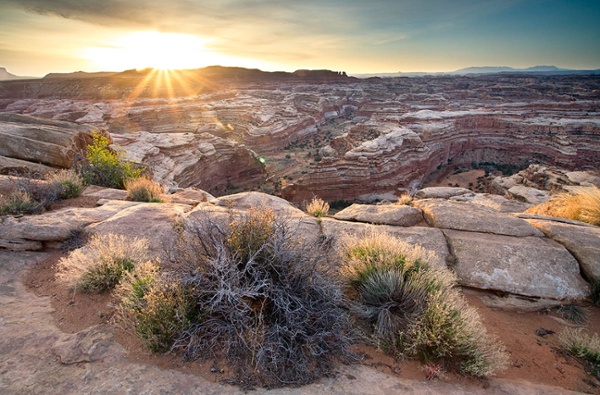Why you need to know about public land: As mountain bikers, we are dependent on public lands. Through my career in bike manufacturing, racing, and as an outfitter I have had the opportunity to ride on trails of every description on public lands of every type.
Today there are increasing pressures on our public lands from all directions, so we here at Western Spirit thought it would be useful to use our blog as quick and easy place for mountain bikers to get informed on public land issues that are likely to effect the trails you love.
Land ownership through the ages: The first land owner was probably someone from a nomadic tribe that accidentally planted a seed and decided to stick around to watch it grow. Or maybe it was someone who found some type of ore coming out of the ground and figured he could trade it for food. For most of human history, land ownership has been the best way to generate wealth to take care of yourself and your family.
The Homestead Act of 1862 encouraged immigrants to head west and claim some land. Lots of land did get claimed but quite a bit didn’t. Why not—nobody wanted to live there. In most cases the problem would have been lack of water, but in other place the topography itself just wasn’t very hospitable.
Thus more by accident than by design Americans ended up owning large sections of public land, primarily in Western States. These lands are in three major categories: National Parks—the jewels of the program, National Forests, and Bureau of Land Management Lands. And in all three there are places that are considered: front-country—near roads, near towns and easily accessible; and backcountry—which are further away, usually you need to camp out there. In general more skills and experience are needed to reach backcountry places.

National Parks are the most unique and special places in the country and are also often historic locations. Front country lands within National Parks include visitor centers and short hikes to points of interest. Backcounty areas in National Parks are often sensitive landscapes where visitation is limited by a permit system. The good thing about a permit system is that when you do get out there, you have the place all to yourself! Like we do on the White Rim Trail in Canyonlands National Park. National Parks are managed by the Department of Interior. Congressman Ryan Zinke from Montana was just appointed Secretary of the Interior and while we don’t know if he mountain bikes—he does hunt and fish so we are hopeful!
The Bureau of Land Management (BLM) is also managed by the Department of Interior. These lands include all kind of incredible deserts and canyons and are primarily designated for multiple use. That means oil and gas, grazing, and mining, as well as motorized and non-motorized recreation. In recent years, recreation on BLM lands has grown exponentially, partly due to strong partnerships between local BLM Managers, local mountain bike groups, and the International Mountain Bicycling Association, IMBA. But conflicts between recreation and resource extraction like oil and gas and mining are starting to pop up around the country. Because oil and gas operators pay for leases on these lands, they have more rights than we do. We are making progress zoning some lands for recreation through the land planning process as business owners and trail users get involved, but when we don’t show up, resource extraction usually wins the day. More on this in future blogs.
National Forests are managed by the Department of Agriculture, primarily because much of the original focus was on harvesting trees. Today there are lots of trails on forest service lands and in some places near ski areas or other resorts ‘the trees are worth more standing up than they would be lying down.’ Timber management remains the focus of the Forest Service, but the Outdoor Industry Association along with other groups have recently launched a process for improving recreation management on Forest Service lands and this program is progressing.
These are the major categories of federal land managers. These lands are owned by you. Its all yours!! Next week Wilderness and National Monuments demystified!


Leave A Comment